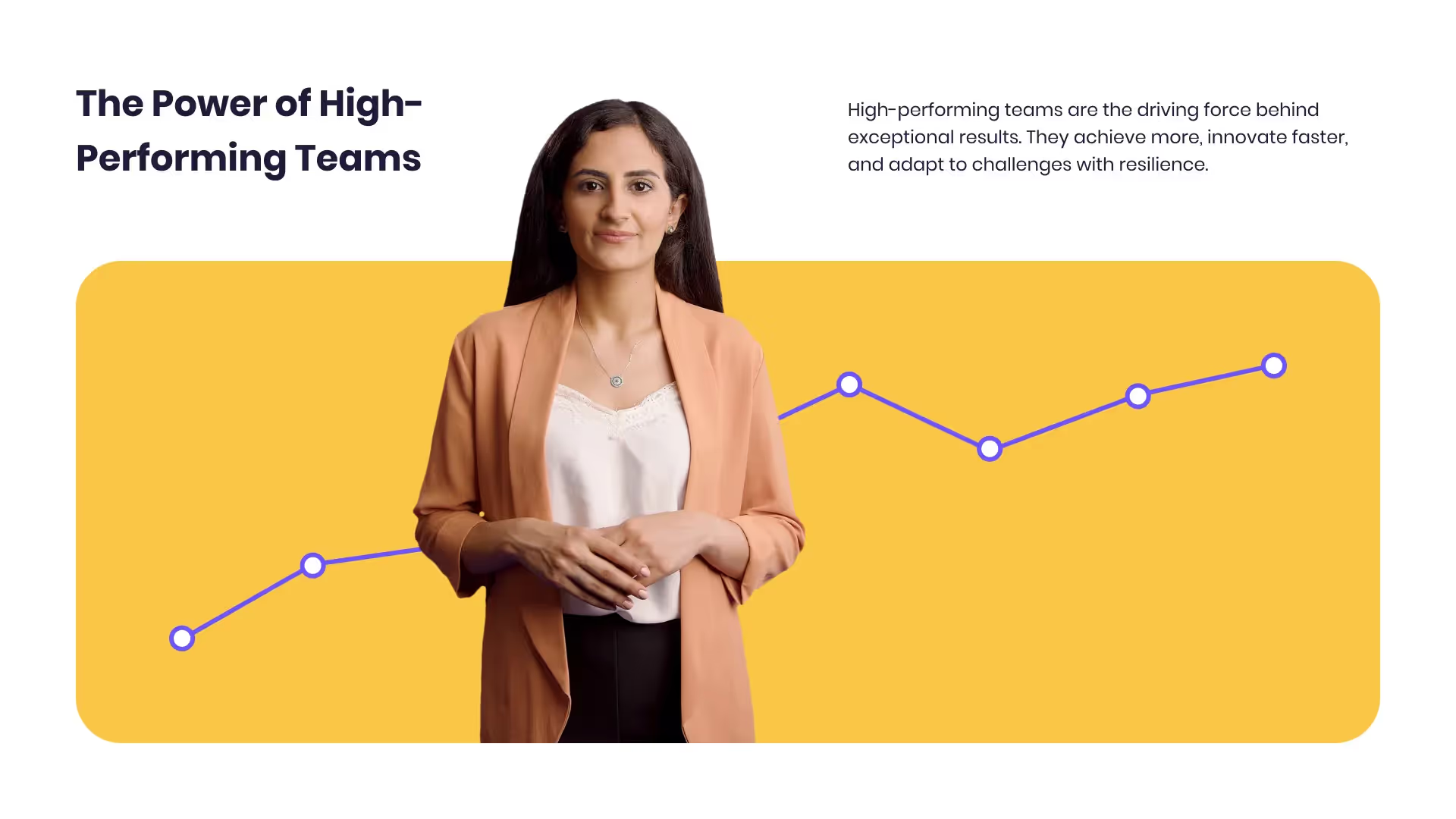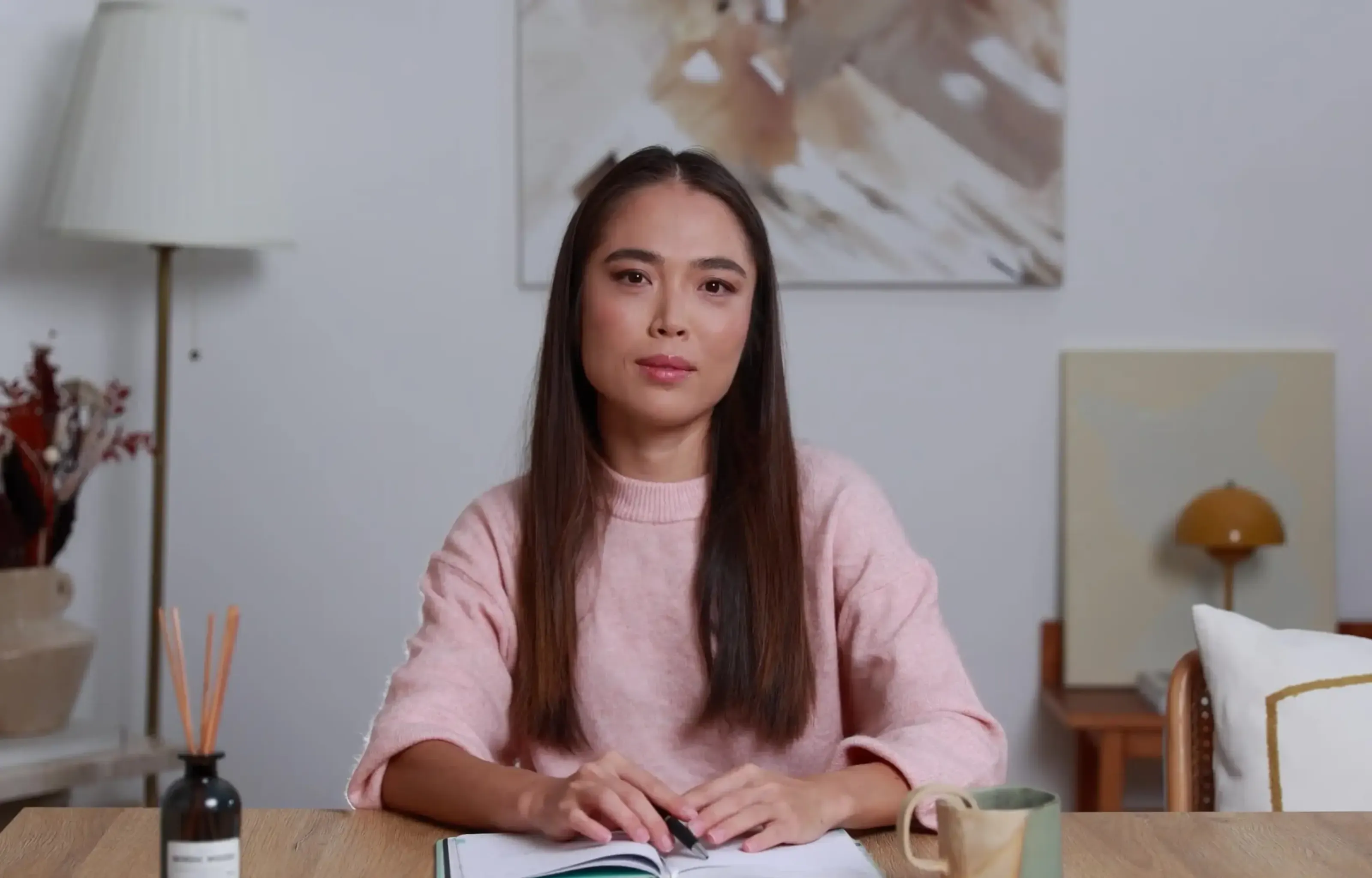.avif)
Want a personalised avatar?
Instant Avatars can be recorded using your phone or camera, and created in under a minute. These avatars are quick and easy to create, and they keep your original background and movements.

Video Editor Portfolio: Showcasing Excellence in Business Video Creation


Introduction to Video Editor Portfolios
In today's digital age, the demand for visual content has skyrocketed, making video production a critical skill for many business professionals and teams. Whether it's creating compelling marketing videos, educational content, or corporate communications, video editors play a pivotal role. However, with this rise in demand, the competition among video editors has also increased. This is where a well-crafted video editor portfolio becomes crucial. A portfolio not only showcases a video editor's skills and creativity but also serves as a testament to their ability to deliver high-quality work. For businesses, especially those in sectors like tech, healthcare, and finance, finding the right video editor can significantly impact their training, communication, and marketing strategies.
A compelling video editor portfolio is more than just a collection of past work. It is a carefully curated selection that demonstrates an editor's range, technical proficiency, and style. In this blog post, we will explore the essential components of a video editor portfolio, offer step-by-step guidance on creating one, and provide insights into how tools like Colossyan can streamline the video production process. Whether you're an HR professional in charge of onboarding content or a product marketer aiming to create engaging how-to videos, understanding the power of a video editor portfolio is crucial.
Essential Components of a Video Editor Portfolio
Creating a standout video editor portfolio involves more than compiling a list of past projects. It requires strategic selection and presentation of your work. Here are the essential components that should be included:
- Diverse Content: A portfolio should include a variety of projects that showcase different skills and styles. This could range from short promotional videos to complex training modules.
- Quality over Quantity: It's better to showcase a few excellent pieces than numerous mediocre ones. Each video should highlight your best work.
- Case Studies: Including case studies can provide context and highlight your problem-solving skills. They should outline the project goals, your role, challenges faced, and the outcomes.
- Technical Details: Mentioning the tools and techniques used in each project can provide insight into your technical proficiency and adaptability to new technologies.
- Client Testimonials: Feedback from previous clients can add credibility to your portfolio and demonstrate your ability to meet client expectations.
Step-by-Step Guide to Building a Video Editor Portfolio
Building a video editor portfolio may seem daunting, but breaking it down into steps can simplify the process.
- Gather Your Work: Start by collecting all your previous video projects. This includes personal projects, freelance work, and any professional videos you've edited.
- Select Your Best Work: Evaluate each project and select those that best represent your skills and style. Ensure a variety of video types and techniques are included.
- Create Case Studies: For each selected project, write a brief case study. Include details like the project objectives, your contributions, challenges overcome, and the final result.
- Organize Your Portfolio: Use a clean and professional layout. Consider using a website or digital platform that allows easy updates and sharability.
- Get Feedback: Before finalizing, seek feedback from peers or mentors. They can provide valuable insights that you may have overlooked.
Best Practices for Video Editor Portfolios
To ensure your portfolio stands out, consider these best practices:
- Keep It Updated: Regularly update your portfolio with new projects and remove outdated content.
- Be Selective: Only include work that you are proud of and that aligns with the type of work you want to attract.
- Showcase Your Unique Style: Highlight what makes your work unique, whether it's your storytelling ability, technical skills, or creative flair.
- Include a Personal Statement: A brief introduction about you and your editing philosophy can personalize your portfolio and make it more engaging.
Common Challenges and Solutions
Creating a video editor portfolio isn't without its challenges. Here are some common issues and how to address them:
- Lack of Professional Work: If you're new to the field, consider creating sample projects or volunteering for non-profits to build your portfolio.
- Technical Limitations: Use platforms that don't require advanced technical skills to create your portfolio. Colossyan, for example, offers an intuitive interface for creating video content quickly.
- Maintaining Relevance: As trends in video production evolve, so should your portfolio. Stay updated with industry trends and incorporate them into your work.
Industry Insights and Current Trends
The video editing industry is constantly evolving, influenced by technological advancements and changing consumer preferences. Current trends include the increased use of AI in video production, the popularity of short-form videos, and the demand for personalized content. AI platforms like Colossyan are at the forefront, providing tools that enable rapid video creation with professional quality. For businesses, adopting these technologies can lead to significant time savings and increased engagement.
Moreover, as remote work continues to be prevalent, video content has become a primary mode of communication for teams. This shift has increased the demand for video editors who can create engaging and informative content across various platforms.
Conclusion: The Impact of a Strong Video Editor Portfolio
A strong video editor portfolio is an invaluable asset for professionals in the field. It not only showcases your capabilities but also communicates your potential to prospective clients or employers. For businesses, finding a video editor with a robust portfolio ensures access to quality content that can enhance training, marketing, and communication efforts.
As we navigate an era where visual content dominates, leveraging tools like Colossyan can streamline the video production process, making it more accessible to teams without technical expertise. These advancements empower professionals and businesses to create impactful video content efficiently.
In conclusion, whether you're a video editor looking to showcase your skills or a business seeking quality video content, understanding and utilizing a comprehensive video editor portfolio is key. It's not just about displaying past work; it's about telling a story of capability, creativity, and innovation.

Networking and Relationship Building
Use this template to produce videos on best practices for relationship building at work.

Developing high-performing teams
Customize this template with your leadership development training content.

Course Overview template
Create clear and engaging course introductions that help learners understand the purpose, structure, and expected outcomes of your training.
Frequently asked questions
What is the most important element of a video editor portfolio?

The most important element is the quality of the work presented. Each piece should showcase the editor's best skills and creativity, aligning with the type of projects they want to attract.
How often should a video editor update their portfolio?

A video editor should update their portfolio regularly, ideally after completing significant new projects. This ensures that the portfolio remains current and relevant.
Can beginners create a video editor portfolio?

Yes, beginners can create a portfolio by including personal projects, volunteer work, or any relevant video content. It's important to highlight creativity and potential.
What platforms are best for hosting a video editor portfolio?

Platforms like Vimeo, YouTube, and personal websites using builders like Squarespace or Wix are popular for hosting video portfolios due to their ease of use and professional presentation options.
How can Colossyan assist in creating a video editor portfolio?

Colossyan can help by providing tools to quickly create high-quality video content, making it easier for editors to produce professional samples for their portfolio.
Didn’t find the answer you were looking for?
















%20(1).avif)
.webp)


